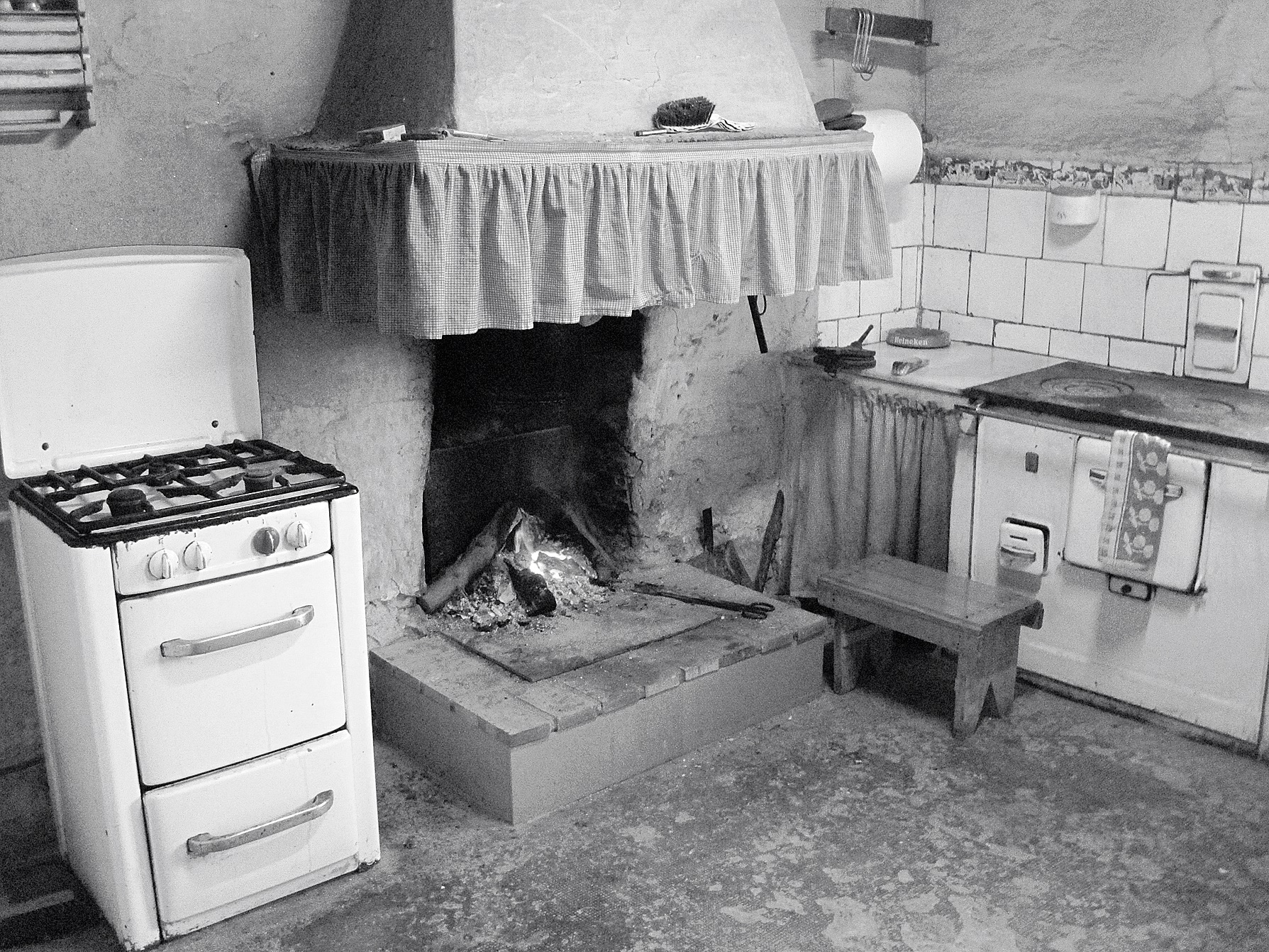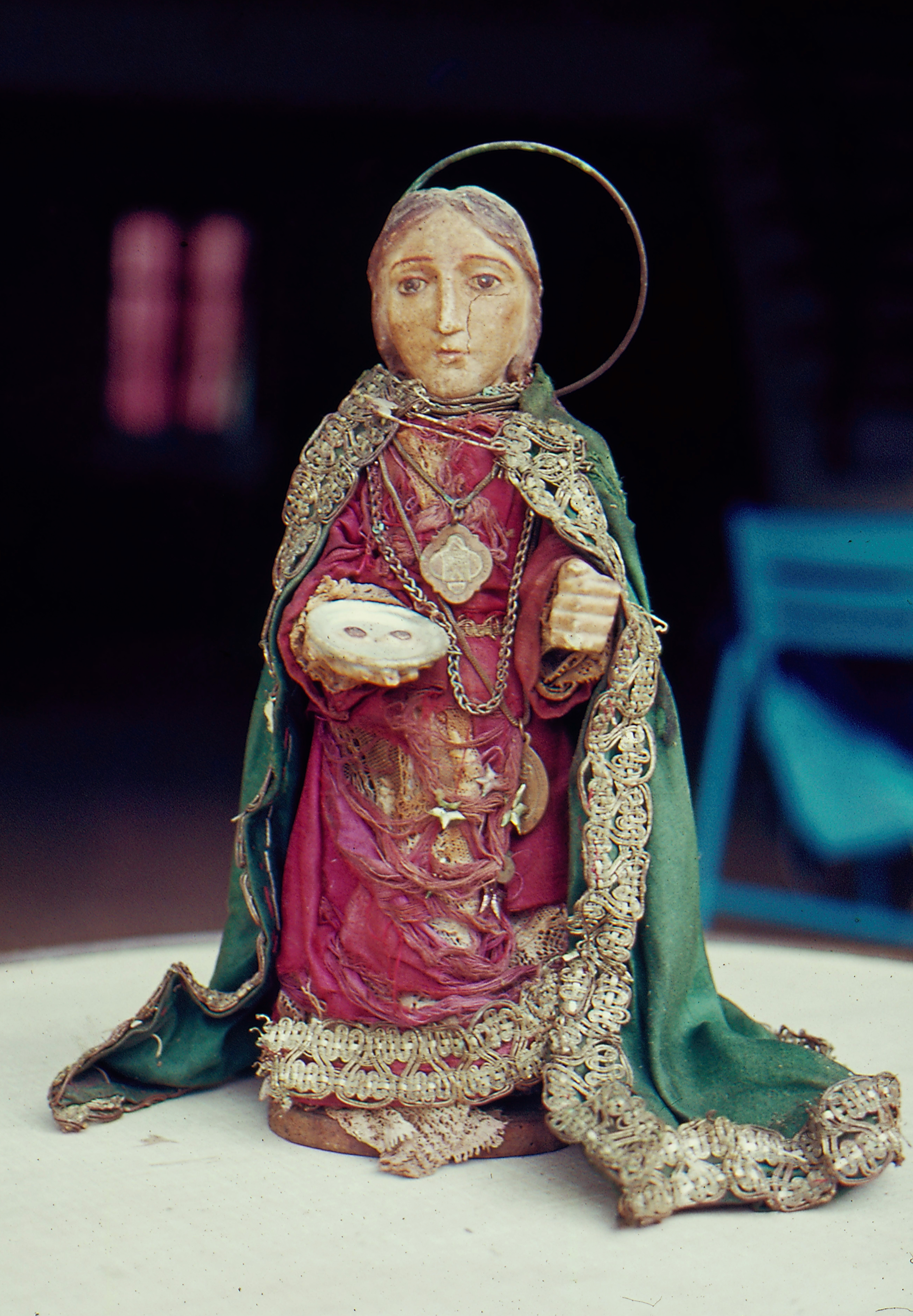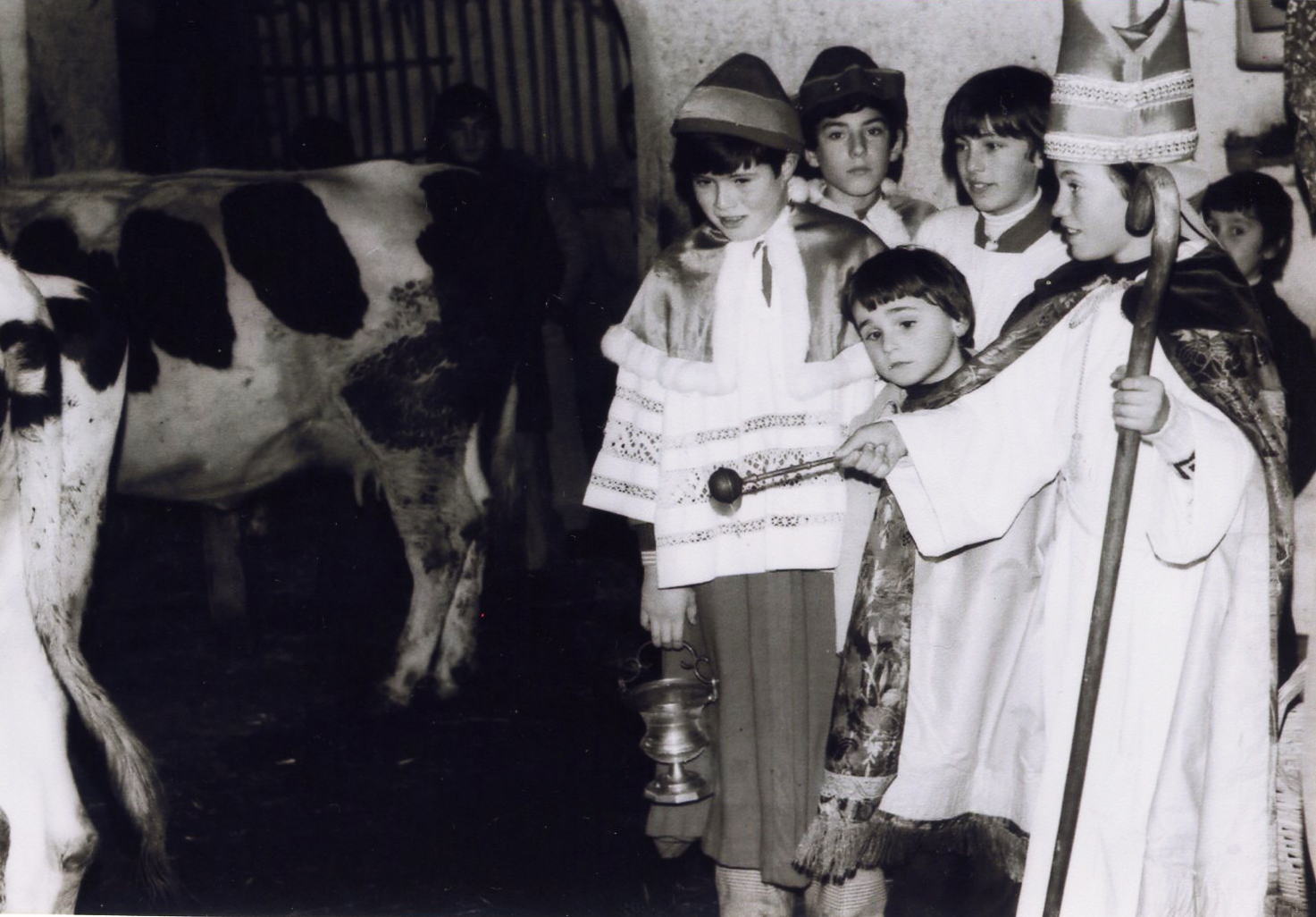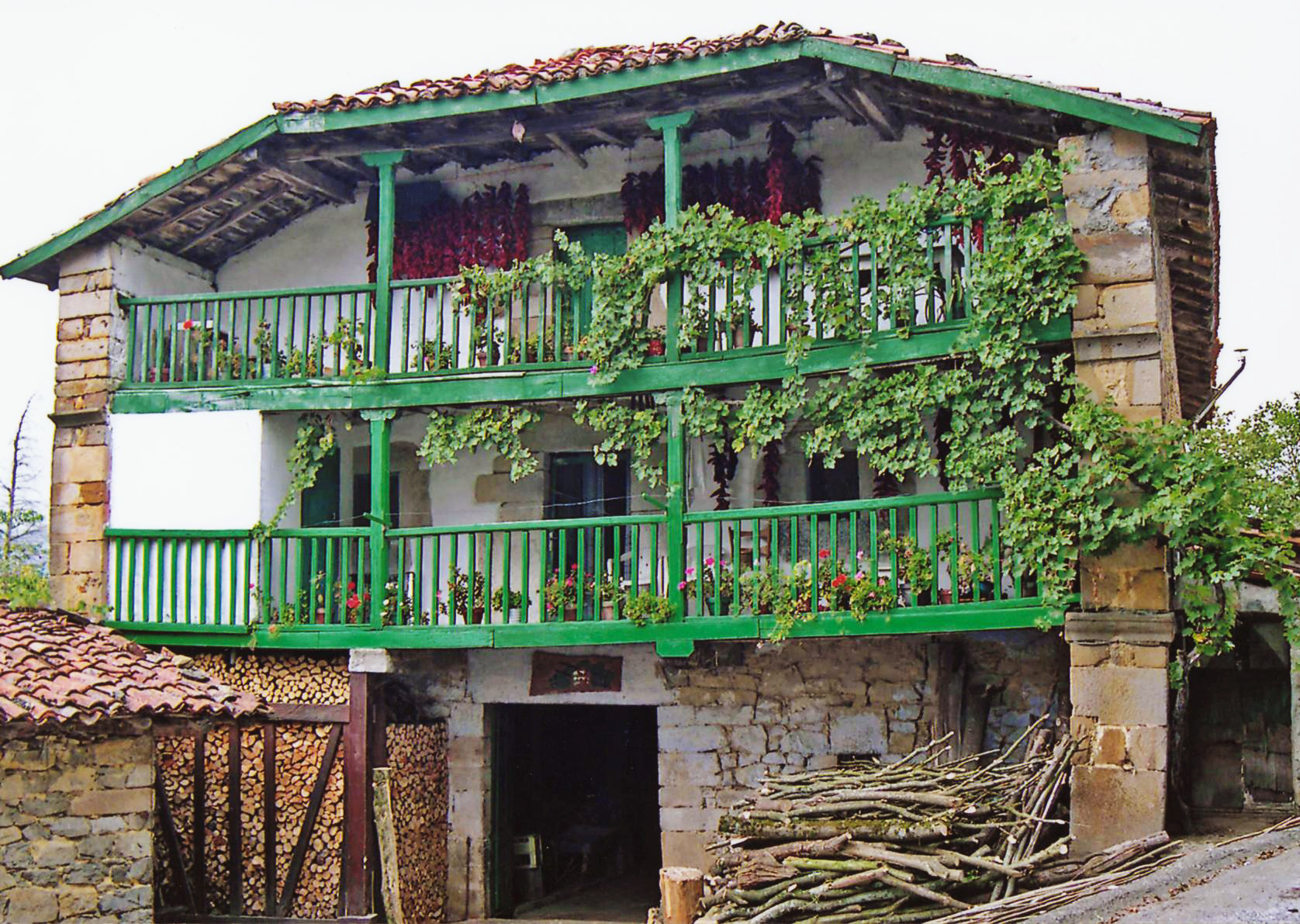Basque ethnography at a glance
Saint Lucy, or Saint Lucia, was born in Syracuse (Sicily-Italy). According to ancient legend, she was tortured during the Diocletianic persecution, c. AD 303. Lucy’s mother arranged her daughter’s marriage to a young man of a wealthy pagan family. One day both women left on pilgrimage to Saint Agatha’s shrine at Catania in hopes of a cure for the sick mother. While there they listened to the gospel account of Jesus healing a bleeding woman as she touched the edge of his cloak. In an act of faith, Lucy touched the martyr’s sepulchre and foresaw her mother’s recovery as well as her own future martyrdom. Back in Syracuse she renounced matrimony and distributed her riches among the poor. Lucy’s betrothed reported her to Paschasius, the Governor of Syracuse, for being a Christian. Paschasius arrested her and took her before the Tribunal, who sentenced her to death. Prior to her passing, she foretold she would be the guardian of Syracuse. A church was built above her tomb and soon became a Christian place of pilgrimage. (more…)
On 8 December 1977 the Boy Bishop of Muruzábal (Navarre) wore brand-new bishop’s gown, alb and fancy cope. The old robes were in such bad condition that schoolchildren had been unable to dress as bishops for the last two years. The full episcopal regalia included mitre and crozier. Two acolytes assisted the boy bishop: one carried the holy water vessel and sprinkler, and the other a tin money can reading “Quien dé por San Nicolás, cien años vivirá” (which translates as “Whoever makes a donation on St Nicholas’ Day will live a hundred years”) to collect alms from their neighbours. As a novelty on that year, an altar boy accompanied them carrying a bag full of mandarins, oranges and sweets to be shared out. (more…)
Rural houses in Bizkaia have traditionally been devoted to crop and livestock farming. In order to make the most of daylight and solar heat, farmhouses are oriented to the sun (eguzkira begira, in Basque), facing south, east or southeast. There are basically two farmhouse designs: lower buildings with a spacious main floor, mostly arable farmsteads, and taller livestock farms with smaller floor plans. (more…)

Hearth, stove and butane gas cooker in a Muxika (Bizkaia) farmhouse. Segundo Oar-Arteta. Labayru Fundazioa Photographic Archive.
The structural components of the traditional house, roof, walls, doors and windows, served to protect the fire of the hearth. The fireplace was an integral part of the home, its central and most important feature. The idea of a house without a hearth, where the household sought shelter, was simply out of the question. The wind was nature’s most feared element. Strong winds were a great threat, for a spark from the hearth could spread to the wooden structure of the house and consume it. (more…)




